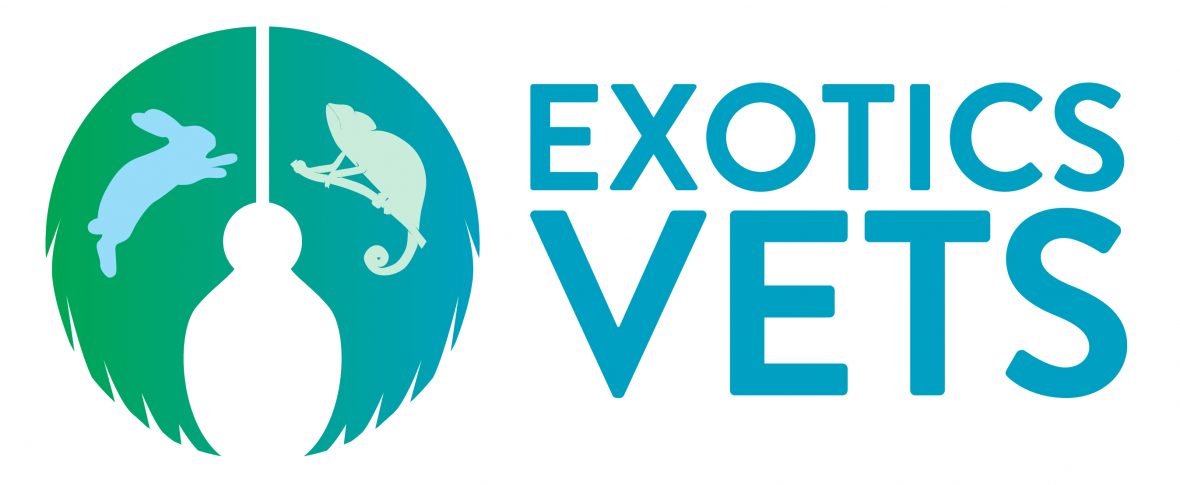When it comes to ferret life, life is tricky enough. One important decision to make early on with your pet ferret is to decide whether or not you are going to desex your ferret. And if so, will it be surgical? Or chemical neutering?
Why is this an important decision?
Ferrets are seasonally polyoestrus, which means they will come into heat (oestrus) like clockwork depending on the season. Once “in heat” (oestrus), female ferrets (jills) will remain in oestrous until they are induced to ovulate via mating.
This can be fatal.
Jills in persistent heat can develop hyperoestrogenism, where toxic levels of oestrogen produced by the oestrus cycle lead to bone marrow depression and hypoplasia of all cells! This can lead to anaemia, and ferrets can die of haemorrhage due to a lack of platelets (thrombocytes).
Clinical signs of hyperoestrogenism include:
-
anorexia
-
lethargy
-
vulva swelling
-
pallor (anaemia)
-
And secondary signs of internal haemorrhage – petechiae, melena.
-
Death
So leaving your female ferret entire, is not an option.
Luckily, hyperoestrogenism can be avoided by desexing your ferret!
Why not just desex your ferret, and call it a day?
Apart from the surgery – which like any spey, is technically challenging, you also have the potential outcome of hyperadrenocortism.
Pause.
Here is a little refresher on the feedback loop of GnRH

This can occur if the pituitary gland persistently produces LH (luteinizing hormone) and FSH (follicle stimulating hormone). Which depends on negative feedback signals from the reproductive organs (which are now gone). Without this signal, the pituitary gland produces GNRH, then LH and FSH which act on the adrenal gland resulting in overproduction of adrenal hormones. This can result in hyperplasia or neoplasia (adenoma or adenocarcinoma) of the adrenal glands.
And as mentioned above, not desexing your ferret can result in persistent oestrus and death.
The clinical signs of hyperadrenocorticism in ferrets include:
-
Vulva swelling
-
Alopecia
-
Pruritus
So if desexing can lead to disease, and not desexing will definitely lead to disease, is there another option?
Deslorelin implants can be used as an alternative to surgery, to reduce the risk of hyperadrenocorticism. Without the risk of surgery, and without the risk of leaving your ferret to enter persistent oestrus.
It is worth noting that in australia, anecdotally, hyperadrenocorticism following surgical desexing is LESS COMMON than overseas. However it is still very important to know your options, and give your ferret the best care possible.
In Australia, there is a long acting GNRH agonist that Virbac produce, called Suprelorin. Suprelorin is formulated in a range of implants and licensed for use in dog castration and male (hob) ferret chemical castration, in addition to managing hyperadrenocorticism.
The current guidelines from Virbac are to use a Suprelorin 12 implant every 16 months in males. The implant is administered like a microchip, subcutaneously between the shoulders, ideally under light sedation.
Keep in mind – chemical neutering with suprelorin IS OFF LABEL for female ferrets (jills). However, Suprelorin is very effective at suppressing oestrus, therefore preventing hyperoestrogenism and hyperadrenocorticism.
So it is definitely worth discussing!
With 4.7 mg implants, Suprelorin can effectively suppress the production of sex hormones (chemical neutering) for;
-
Hobs (males) – effective for up to 16 months
-
Jills (females) – effective for up to 43 months
In two international studies, female ferrets given 4.7 mg deslorelin implants suppressed oestrus between 17-27 months, and 22-35 months! Where 100% were successfully pregnant at their second oestrus post treatment. Wow.
This helps demonstrate that;
-
Chemical neutering is a safe alternative to surgery in female ferrets, that can help reduce the risk of fatal disease
-
Ferrets have full reproductive ability when the implant wears off!
Surgical desexing
- Pros –
- One time treatment
- Cons –
- Potential risk of hyperadrenocorticism
Chemical desexing
- Pros –
- Safest option, minimises risk of hyperoestrogenism and hyperadrenocorticism
- Cons –
- Not a permanent solution
- Requires implant to be placed at most once yearly
- If not replaced as needed, disease and pregnancy can occur
Please discuss desexing with your ferrets and clients!
It is vital to get your Ferret desexed!
It is life and death for your ferret. This may sound dramatic, but it is very critical that your ferret be desexed!
To read more about ferrets, check out our ferret consultation article!
If you’d like to hear more from us, sign up to our email list!
References
- Goericke-Pesch, S, AWehrend A. The use of a slow release GnRH-agonist implant in female ferrets in season for oestrus suppression. 2012. 487-491.
- Prohaczik A et al. Comparison of four treatments to suppress ovarian activity in ferrets (mustela putorius furo). Veterinary Record 20101- 166; 74-78.
- Virbac. Superlorin 12 Ferrets Handout. Virbac
- Quesenberry, KE, Carpenter JW. Ferrets, Rabbits, and Rodents. 3rd ed. 2012. Elsevier.
